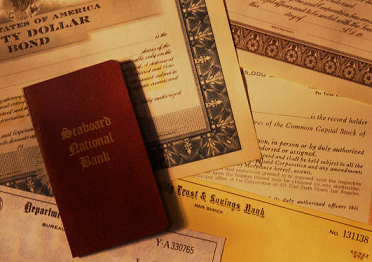Almost as common a term as cash nowadays, accounts receivable is an accounting term meaning amounts owed to a business by other business or customers (individuals or otherwise). An accounts receivable arises anytime when goods are sold but cash is not received immediately; thus when you purchase something for cash at Walmart you are not creating an accounts receivable. If you commit to purchase something (say a lawnmower) and you are offered the option to pay next month, now you have created an accounts receivable on the retailers books.
Unlike a note receivable (to be discussed next), there is generally no signed agreement beyond an invoice for an accounts receivable. They are generally short term in nature (less than a year, if not only a couple months). Because of their short term nature, they are generally listed as a current asset on the balance sheet next after cash.



